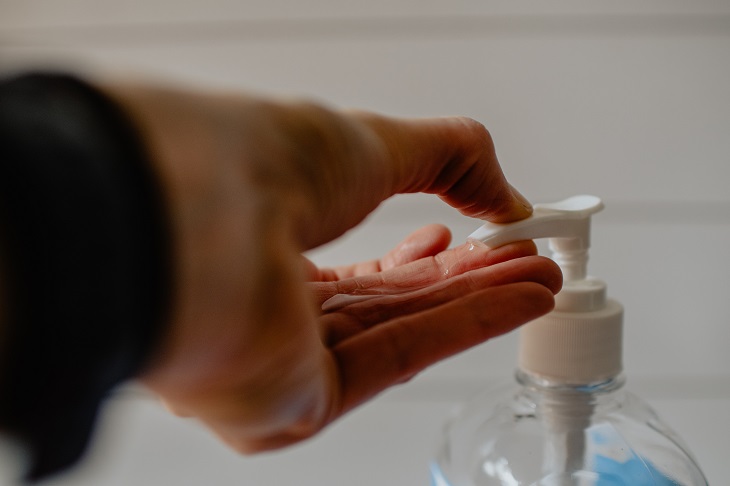Why The Pandemic Is Hard For Disabled Drivers (And 4 Ways To Make It Easier)

The COVID-19 pandemic has made 2020 tough for just about everyone – including disabled drivers. From making it more difficult to go out, to the need for distance from friends and loved one in the interests of your health, the changes to regular life have been a hard pill to swallow.
Let’s take a look at a few of the hardships disabled drivers have faced as COVID has swept across the world, as well as a few vital tips to help make things a little bit easier.

How Is The Coronavirus Impacting People With Disabilities?
There are several ways the pandemic has impacted those with disabilities, affecting their ease of navigating the world. Some of these challenges include:
1. Impact on health
While not everyone with a disability has other health problems, many do. So are people with underlying health conditions more at risk of getting COVID-19? Unfortunately, yes. Those with chronic conditions are in the higher risk category for COVID. As a result, they may have to take particularly stringent self-isolation measures in order to avoid exposing themselves to the virus and risking serious illness.
2. Difficulty in protecting themselves
Most people prepared for lockdown by going out and stocking up on the supplies they needed. But that’s something that may not have been as easy for disabled drivers and those with disabilities. It can be difficult for many disabled drivers and people with disabilities to get out in the middle of a pandemic and secure the supplies and medications they may need.
3. Threatening independence
Many disabled drivers are proud of the independence they’ve achieved in dealing with their disability. But still, many utilize support from others to help them maintain that independence, and that’s something that may have been disrupted by this outbreak.
4. Adding issues to long-term disabilities
The flexibility and accommodations those with disabilities need in the workplace can be disrupted by the pandemic – but on the bright side, it can also help workplaces to see just how well accommodations such as telecommuting can work.

COVID-19 And Disabled Drivers
Navigating COVID-19 with a disability can be a challenge, but it’s still possible to retain your independence and live your life to the fullest in the midst of a pandemic.
Aside from washing your hands regularly and wearing a mask in public, you can protect your wellbeing and health by:
1. Take extra care to clean and sanitize
There are several steps disabled drivers can take to protect their health during this pandemic. You should regularly wash any mobility equipment you have such as crutches, wheelchairs, or walkers.
Also adjust how you go about some of your daily activities. For instance, if you have limited function of your hands, then avoid using your mouth to take off gloves as you may have in the past. If you have low vision, then you may need to touch more surfaces than other people; wear gloves to add an extra layer of protection.
2. Practice physical distancing
As well as practicing physical distancing in public places, it’s important to do so with outsiders in your own home. If you have caregivers that help with day-to-day tasks, try to limit your close interactions as much as possible. When you can’t practice physical distancing, wear a mask.
3. Think about communication
If you struggle with hearing issues, it can be difficult to understand what people are saying with a mask on. Carry a notepad and pen with you so you can have someone write down what they’re saying if you’re struggling to understand them from behind personal protective equipment such as masks and plexiglass. (Just be sure to sanitize the pen when they’re done using it!)
4. Plan ahead
You may need to have a plan for getting to the hospital if you get sick. If you think you’d be unable to drive yourself, then make sure you have someone to take you. If you do drive yourself, be sure you know where the nearest hospital is as well as where the disabled parking is available at the hospital to have one less thing to worry about if the situation occurs.
This pandemic has been difficult for many, but it adds another challenge for those with disabilities and disabled drivers. Try out the above tips so you can get back to living your life while being as safe as possible.
Featured image by Glen Carrie on Unsplash